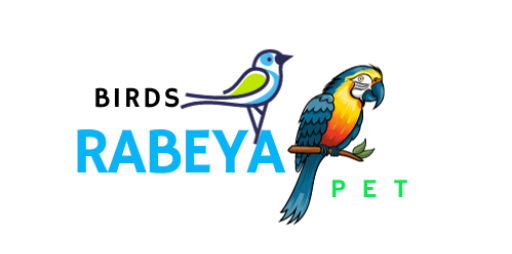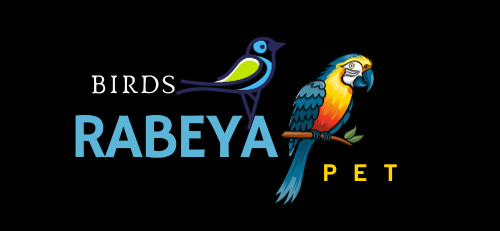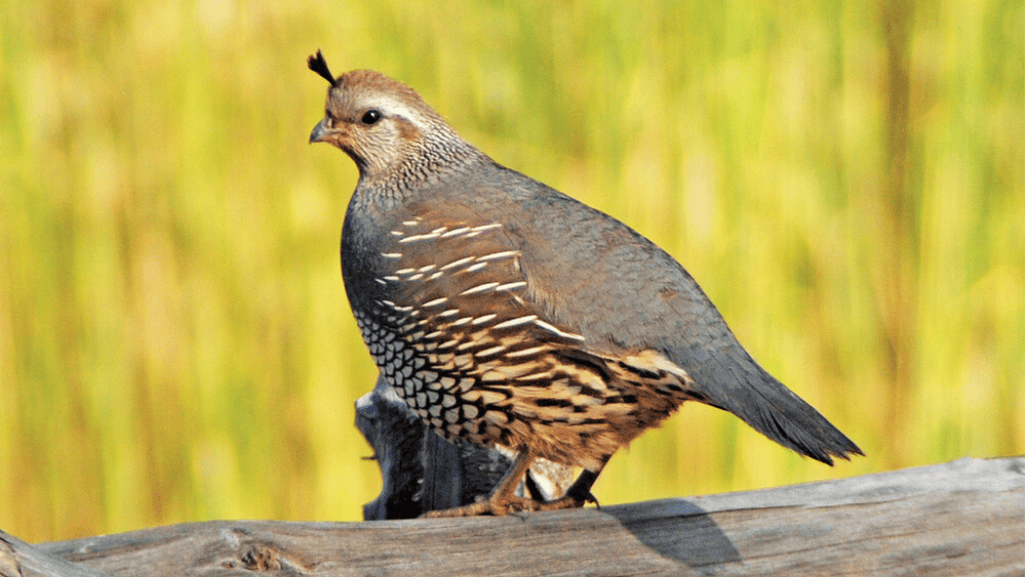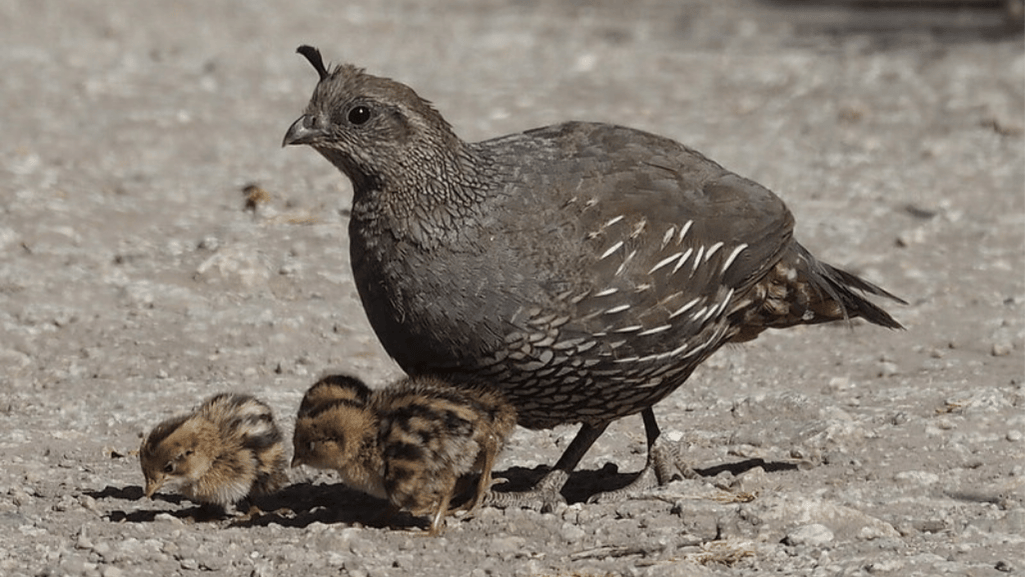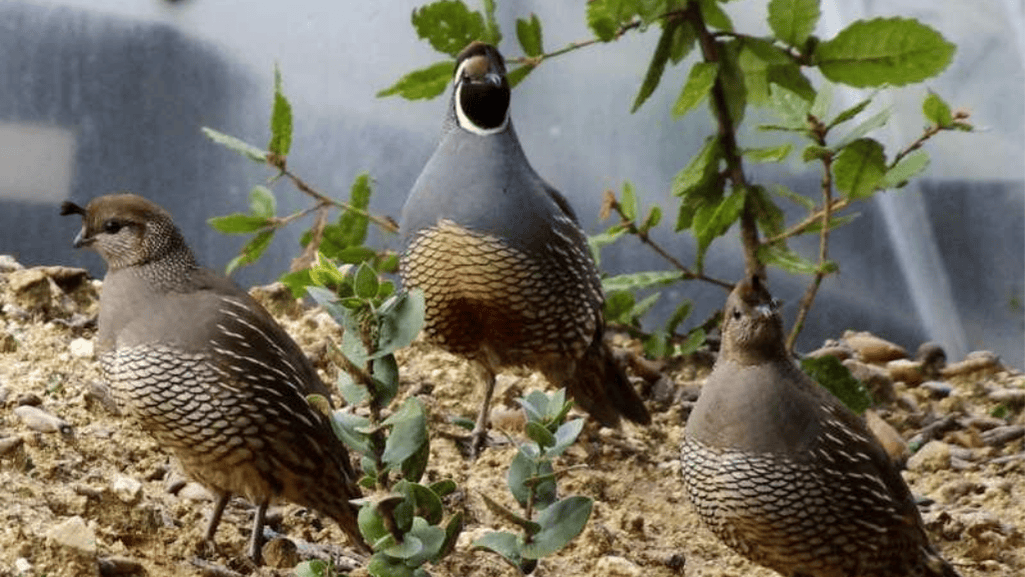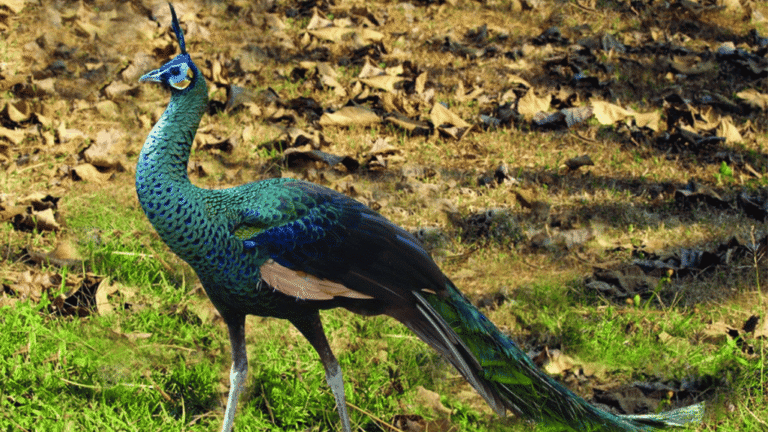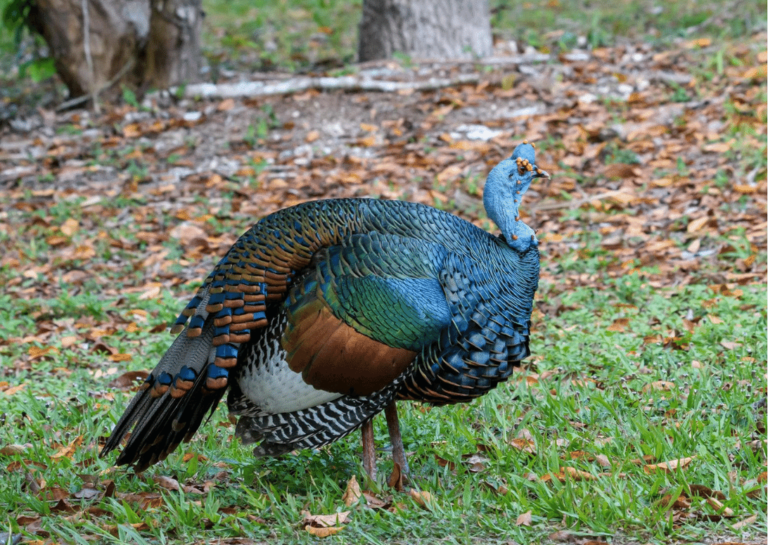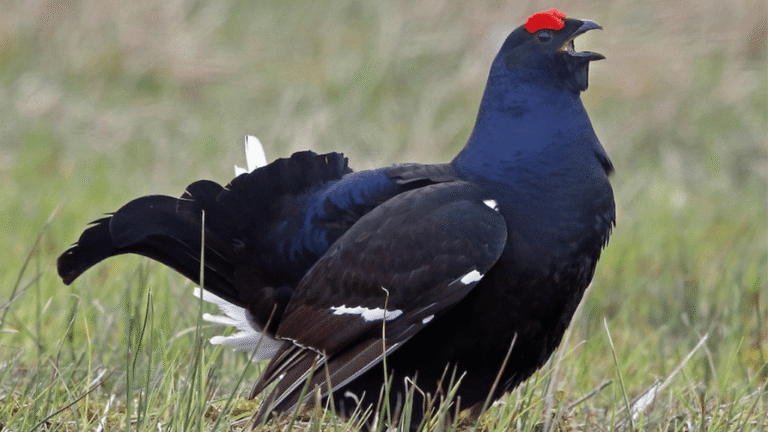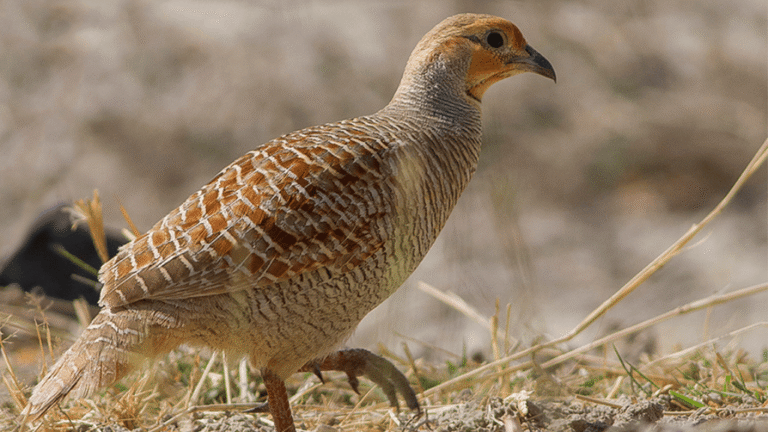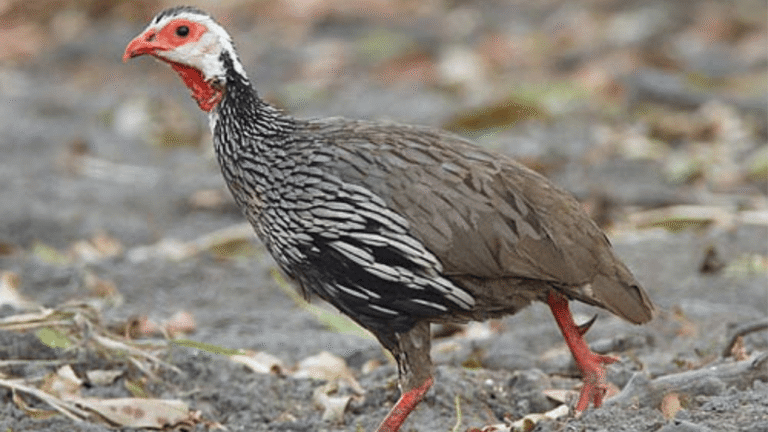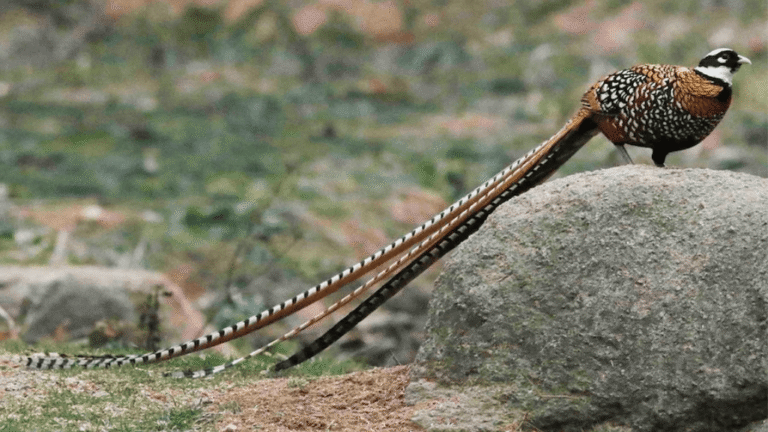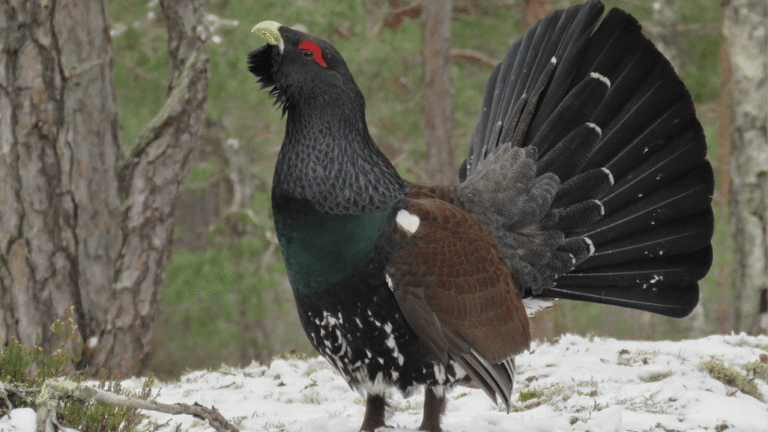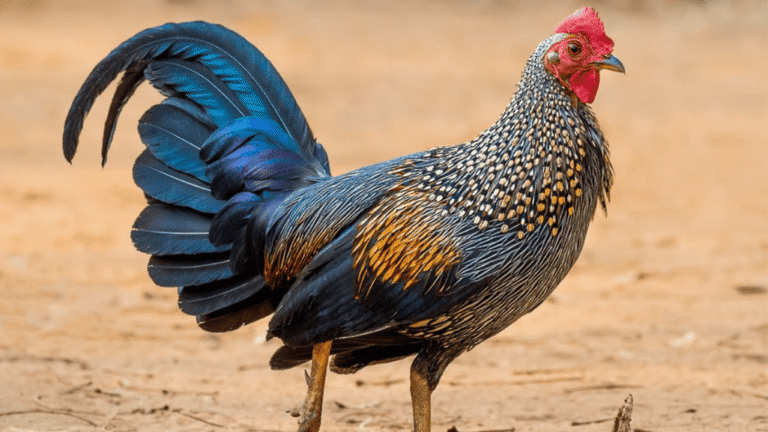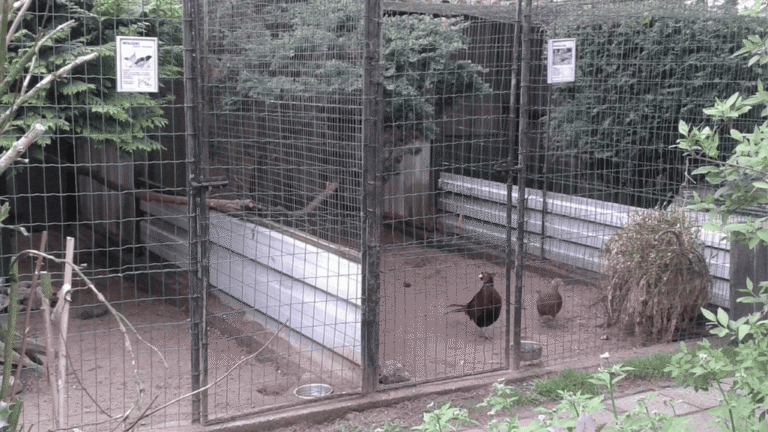The California Quail is a fascinating bird that is native to the state of California. It is known as the state bird of California and is admired for its distinctive appearance and unique behaviors. In this guide, we will explore interesting facts about the California Quail and its habitat.
The California Quail is a handsome bird with a rich gray breast and a curious, forward-drooping head plume. These birds are commonly found in the chaparral and brushy areas of California and the Northwest. They can be seen scratching at the ground or dashing forward on blurred legs. The California Quail is known for its distinctive Chi-ca-go call.
Key Takeaways:
- The California Quail is the state bird of California.
- It has a distinctive appearance with a gray breast and a head plume.
- They are commonly found in the chaparral and brushy areas of California and the Northwest.
- The California Quail is known for its Chi-ca-go call.
- Understanding their habitat is essential for conservation efforts.
Identification and Behavior
The California Quail, with its distinctive Chi-ca-go call, is easily recognizable. But it’s not just their vocalizations that make them unique. These birds exhibit fascinating behaviors and have specific dietary preferences.
California Quail forage calmly for a variety of foods, including seeds, leaves, flowers, berries, insects, and invertebrates. They have a special adaptation where protozoans in their intestines help them digest vegetation, making them well-suited to their natural habitat.
During the breeding season, pairs of California Quail engage in antiphonal calling. They take turns vocalizing, creating a harmonious exchange. This is believed to strengthen the bond between mates and establish territorial boundaries.
In the fall and winter, California Quail form flocks known as coveys. These coveys often consist of family groups and help provide safety in numbers. They roost together at night and explore their surroundings during the day.
Here is a table summarizing the key behaviors and diet of California Quail:
| Behavior | Diet |
|---|---|
| Foraging | Seeds, leaves, flowers, berries, insects, invertebrates |
| Antiphonal Calling | During the breeding season |
| Covey Formation | In the fall and winter |
As you can see, California Quail exhibit intriguing behaviors and have a diverse diet. Understanding their behavior and feeding preferences can help us appreciate these fascinating birds even more.
Habitat and Distribution
The California Quail is well adapted to a variety of habitats in California and the northwestern United States. They are commonly found in coastal sagebrush, chaparral, foothills, and high desert regions. These birds are also known to visit backyards, especially when birdseed is available at ground level. They have proven their ability to thrive in close proximity to civilization and can often be found in areas with dense shrubbery.
California Quail are highly adaptable and are known for their ability to make use of a range of habitats. Their habitat preferences include areas with low vegetation, such as dry and patchy shrublands. They are often found in places where there is ample cover and food sources available.
Their ability to adjust to both natural and man-made habitats has contributed to their wide distribution and abundance across their range. From the coastal areas of California to the arid landscapes of the high desert, California Quail have established themselves as one of the most iconic and well-known bird species in the region.
Nesting Habits
When it comes to nesting, female California Quail exhibit fascinating behaviors. They have a preference for hiding their nests on the ground, often amid grasses or at the bases of shrubs and trees. These locations provide ample protection and concealment for their precious eggs. The nests themselves are typically shallow depressions, carefully lined with stems and grasses to provide a soft and cozy environment for incubation.
During the breeding season, female California Quail lay clutch sizes that can range from 12 to 16 eggs. Each egg is delicately positioned within the nest, ensuring optimal conditions for successful development. The incubation period lasts approximately 22 to 23 days, during which the female Quail diligently tends to her eggs, maintaining the ideal temperature and humidity for their growth.
Once the eggs hatch, the newly emerged chicks are covered in a soft, brownish down and exhibit remarkable independence from the moment they enter the world. They are capable of walking and pecking at the ground immediately, demonstrating their natural instincts and ability to adapt to their environment.
Cool Facts
Discover some fascinating facts about California Quail, the state bird of California:
- Head Plume: California Quail have a unique head plume consisting of six overlapping feathers, adding to their distinctive appearance.
- Protozoan Digestion: These birds acquire protozoans for digestion by pecking at adult feces, a fascinating adaptation to their diet.
- Mixing Broods: After hatching, several California Quail broods may mix together, showing cooperative behavior among the adults.
- State Bird of California: California Quail hold the distinction of being the official state bird of California, representing the diverse avian wildlife in the region.
- Appearance in Walt Disney Movies: These charismatic birds have made appearances in various Walt Disney movies, capturing the attention of audiences worldwide.
- Nesting Habits: California Quail nests can contain remarkably large numbers of eggs, with some nests accommodating up to 28 eggs.
- International Introduction: Due to their popularity and charismatic nature, California Quail have been introduced to other parts of the world, enriching avian biodiversity in new habitats.
Marvel at the beauty and intrigue of the California Quail as you explore these captivating facts about this iconic bird.
Attracting California Quail to Your Yard
If you want to attract the beautiful California Quail to your yard, there are a few simple steps you can take. By understanding their behavior and creating a suitable habitat, you can increase your chances of welcoming these charming birds into your outdoor space.
One of the key factors in attracting California Quail is providing a food source. Sprinkle grain or birdseed on the ground to entice them to visit your yard. California Quail forage for food, including seeds, leaves, flowers, berries, insects, and invertebrates. By offering a variety of grains and seeds, you can cater to their dietary preferences and encourage them to stay.
In addition to food, California Quail also require suitable cover and habitat. Dense shrubbery nearby provides them with protection from predators and a place to rest and roost. Creating a habitat with appropriate vegetation will make your yard more appealing to these birds.
It’s important to note that California Quail are known to forage calmly in close proximity to humans, but they may flush to cover if startled. Avoid sudden movements or loud noises that may scare them away. A peaceful and quiet environment will make your yard more attractive to these sensitive birds.
By implementing these simple strategies, you can create an inviting environment for California Quail in your yard. Enjoy observing their behavior and the beauty they bring to your outdoor space.
Conservation Status
The conservation status of the California Quail is of great importance in ensuring the long-term survival and well-being of this iconic bird species. According to the North American Breeding Bird Survey, California Quail populations have been observed to be increasing over the years, which is an encouraging trend.
California Quail have demonstrated their adaptability to the vicinity of civilization, making use of suitable habitats even in urban and suburban environments. However, in certain regions, the population of California Quail is facing a decline due to coastal development. The destruction and fragmentation of their natural habitats have led to decreased breeding success and overall population numbers in these areas.
Fortunately, hunting pressure does not seem to have a significant negative impact on California Quail populations. This may be due to regulated hunting practices and conservation efforts aimed at ensuring sustainable hunting practices and protecting the species.
Overall, the California Quail is considered a species of low conservation concern. However, continued conservation efforts are crucial to maintaining and improving the habitat quality and protection of this species, especially in areas affected by coastal development. By implementing conservation measures and promoting awareness about the importance of preserving suitable habitats, we can contribute to the long-term conservation and well-being of the California Quail.
Conclusion
The California Quail is a fascinating bird that showcases unique behaviors and boasts a beautiful appearance. Its habitat spans from the coastal sagebrush to backyards adorned with birdseed. While these quails face conservation challenges, their populations have remained stable. By gaining a deep understanding of their habits and creating suitable habitats, we can continue to appreciate their presence and ensure their conservation for future generations to enjoy.
With its distinct Chi-ca-go call echoing through the chaparral and brushy areas of California and the Northwest, the California Quail captivates both bird enthusiasts and casual observers alike. These birds display interesting behaviors such as foraging calmly for a varied diet of seeds, leaves, berries, insects, and invertebrates. They have evolved a remarkable adaptation where protozoans in their intestines aid in digesting vegetation.
While the quail’s ground-nesting habits and shallow depressions lined with stems and grasses make them vulnerable, their resilience shines through. They form close-knit family groups and mix broods after hatching, with both parents actively involved in caring for their young. This sense of community is a testament to their unique social dynamics.
As we strive to coexist with this iconic state bird of California, it is crucial to address conservation challenges such as coastal development. However, the overall picture shows a positive trend in California Quail populations. By preserving their natural habitat, understanding their behavior, and minimizing hunting pressure, we can ensure the continued success and conservation of these remarkable birds.
FAQ
What does the California Quail look like?
The California Quail is a handsome bird with a rich gray breast and a curious, forward-drooping head plume.
Where are California Quails commonly found?
California Quails are commonly found in the chaparral and brushy areas of California and the Northwest.
What is the call of the California Quail?
The California Quail is known for its distinctive Chi-ca-go call.
What is the habitat of the California Quail?
California Quails can be found in dry, patchy, low vegetation habitats such as coastal sagebrush, chaparral, foothills, and high desert.
What do California Quails eat?
California Quails forage calmly for food such as seeds, leaves, flowers, berries, insects, and invertebrates.
How do California Quails digest vegetation?
California Quails have protozoans in their intestines that help them digest vegetation.
How do California Quails behave during the breeding season?
During the breeding season, pairs of California Quails call antiphonally, taking turns with their calls.
Where do female California Quails hide their nests?
Female California Quails typically hide their nests on the ground amid grasses or at the bases of shrubs or trees.
How many eggs do California Quails lay?
Clutch size can range from 12 to 16 eggs.
How long is the incubation period for California Quail eggs?
The incubation period for California Quail eggs lasts around 22 to 23 days.
What do California Quail chicks look like?
California Quail chicks are covered in brownish down and can walk and peck at the ground immediately after hatching.
What are some cool facts about California Quails?
California Quails have a head plume consisting of six overlapping feathers, and they acquire protozoans for digestion by pecking at adult feces. They are also the state bird of California and have appeared in various Walt Disney movies. California Quail nests can contain as many as 28 eggs, and they have been introduced to other parts of the world.
How can I attract California Quails to my yard?
You can attract California Quails to your yard by sprinkling grain or birdseed on the ground and providing dense shrubbery nearby for cover.
Are California Quail populations stable?
According to the North American Breeding Bird Survey, California Quail populations have been increasing over the years. While they adapt well to the vicinity of civilization, they are declining in some regions due to coastal development.
Is hunting negatively impacting California Quail populations?
Hunting pressure does not seem to be negatively impacting California Quail populations. They are considered a species of low conservation concern.
